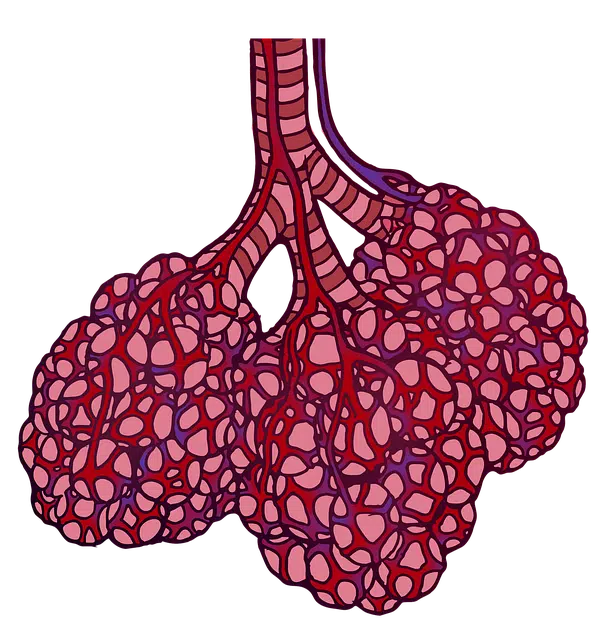
The pulmonary alveoli are the terminal fossae of the bronchioles.
Alveoli , a term that can also be pronounced with the accent alveolus , are small cells, boxes, cavities or holes . The most common use of the notion is in the field of anatomy and biology .
The pulmonary alveoli are the small terminal pits of the bronchioles . In them, gas exchange takes place between the air that was inhaled and the blood . These alveoli resemble sacs, where the body manages to get the oxygen it needs to function.
Through the same opening, gases enter and leave the lung alveoli. In an adult human being , the lung houses about 750 million alveoli.
dental socket
The cavity of the jaw where the teeth are inserted is called the dental alveolus . These dental alveoli, which are separated through the bony interalveolar septa , are compartments that exist in the alveolar bone .
Above the alveolar bone, the three regions of the dental alveolus appear: the first is formed by the so-called cortical plates, which are highly resistant. Then there is the spongy layer, which covers the plates. This spongy layer, in turn, surrounds the alveolar layer, which is the bone itself.

The dental alveoli are the cavities of the jaw where the teeth are inserted.
Other types
The cortical alveoli , on the other hand, are organelles of certain cells , to which they provide support. They are found under the plasma membrane and are made up of vesicles.
Inflammation of the alveoli is known as alveolitis . This peculiarity can affect the lung alveoli (due to an allergy , for example) or the dental alveoli (due to an infection).
Problems with the alveoli
A complication that occurs in an average of 4% of patients who undergo tooth extraction is known as dry socket. This disorder appears after the intervention, that is, in the postoperative period. Generally, this problem occurs after the extraction of wisdom teeth, since they are the most complicated to manipulate and this operation entails a greater degree of "violence."
In the gap that remains after the extraction of a tooth, the alveolus, a blood clot usually forms, which has the main function of protecting this region of the gum; If it falls apart or fails to form, then the alveolus is exposed and its vulnerability to potential attacks from external agents, safe sources of inflammation and pain , increases.
The symptoms of alveolitis are easy to detect, especially because they appear just after a surgical intervention in the mouth: after the first 24 hours, pain begins in the area of the alveolus, which usually improves momentarily and then becomes sharply worse. . In normal cases, the discomfort should not last more than 15 days.
Causes of inflammation and its treatment
There is a clear list of factors that increase the chances of alveolus inflammation , so it is important to know them to prevent it . Two issues that the patient cannot control are the difficulty of the intervention and the degree of surgical trauma, since they depend on the characteristics of their mouth and also on the skill of the dentist. On the other hand, there are smoking and the consumption of oral contraceptives, which can be avoided.
When the pain in the socket extends too much and does not subside, then it is necessary to visit the dentist to apply the appropriate treatment , which usually begins with a serum rinse to get rid of the residue. Pain relievers, antibiotics and anti-inflammatories are very useful to treat dry socket, as well as daily washing with serum, as long as the doctor indicates it.
